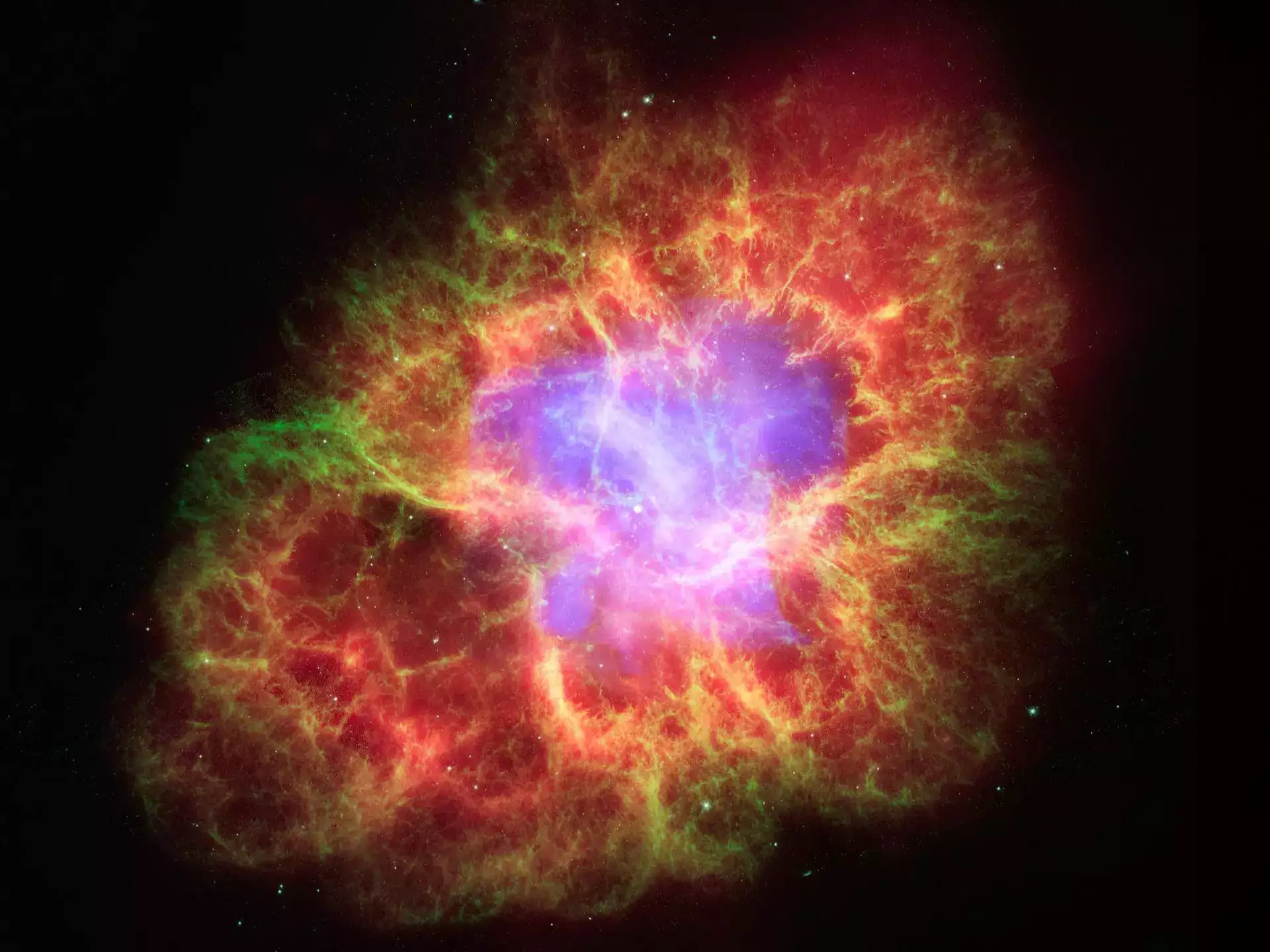Neutron Stars: A Cosmic Display of Density and Romance
Neutron stars may be small compared to the vastness of the cosmos, but their density makes up for their size. In fact, just a teaspoon of these remnants from colossal supergiant stars would weigh a staggering 10 million tons on Earth! But what happens when two neutron stars collide? The result is a breathtaking display of light known as a kilonova, marking one of the most violent events in the known universe. Talk about explosive chemistry!
Detecting such a celestial encounter, however, is like finding a needle in a cosmic haystack. So far, only one kilonova resulting from the collision of neutron stars has been documented. In 2017, gravitational wave signal GW 170817 was detected the Laser Interferometer Gravitational-Wave Observatory (LIGO), along with its accompanying gamma-ray burst GRB 170817A. This extraordinary event occurred 130 million light-years away, highlighting the challenge of capturing these rare cosmic phenomena.
Recently, a team of scientists explored the hypothetical possibility of a kilonova occurring much closer to Earth, within just 36 light-years. The aftermath of such an event would be catastrophic for our planet. These celestial encounters unleash a torrent of destructive forces, including gamma rays and cosmic rays – high-energy charged particles moving at near-light speeds – in unimaginable quantities.
The immediate peril from a neutron star merger comes from the gamma rays they release. These high-energy rays can strip electrons from atoms, a process called ionisation, and thus obliterate Earth’s protective ozone layer. However, for Earth to be directly affected these gamma-ray jets, it must be situated in their crosshairs. Thankfully, this is a relatively localized effect.
The true disaster would arise from cosmic rays, highly energetic charged particles. If these particles reach Earth, they would mercilessly strip away our ozone layer, leaving our planet vulnerable to harmful ultraviolet radiation for thousands of years. This could potentially turn Earth into an inhospitable wasteland.
Before you start preparing for the worst, it’s crucial to understand the rarity of such an event. Neutron star mergers are not only uncommon but also have a limited range of lethality. In the grand scheme of things, there are more immediate cosmic perils to consider, such as solar flares, asteroid impacts, and supernova explosions. While the idea of neutron star mergers is captivating, we should prioritize addressing these other cosmic threats that demand our immediate attention.

